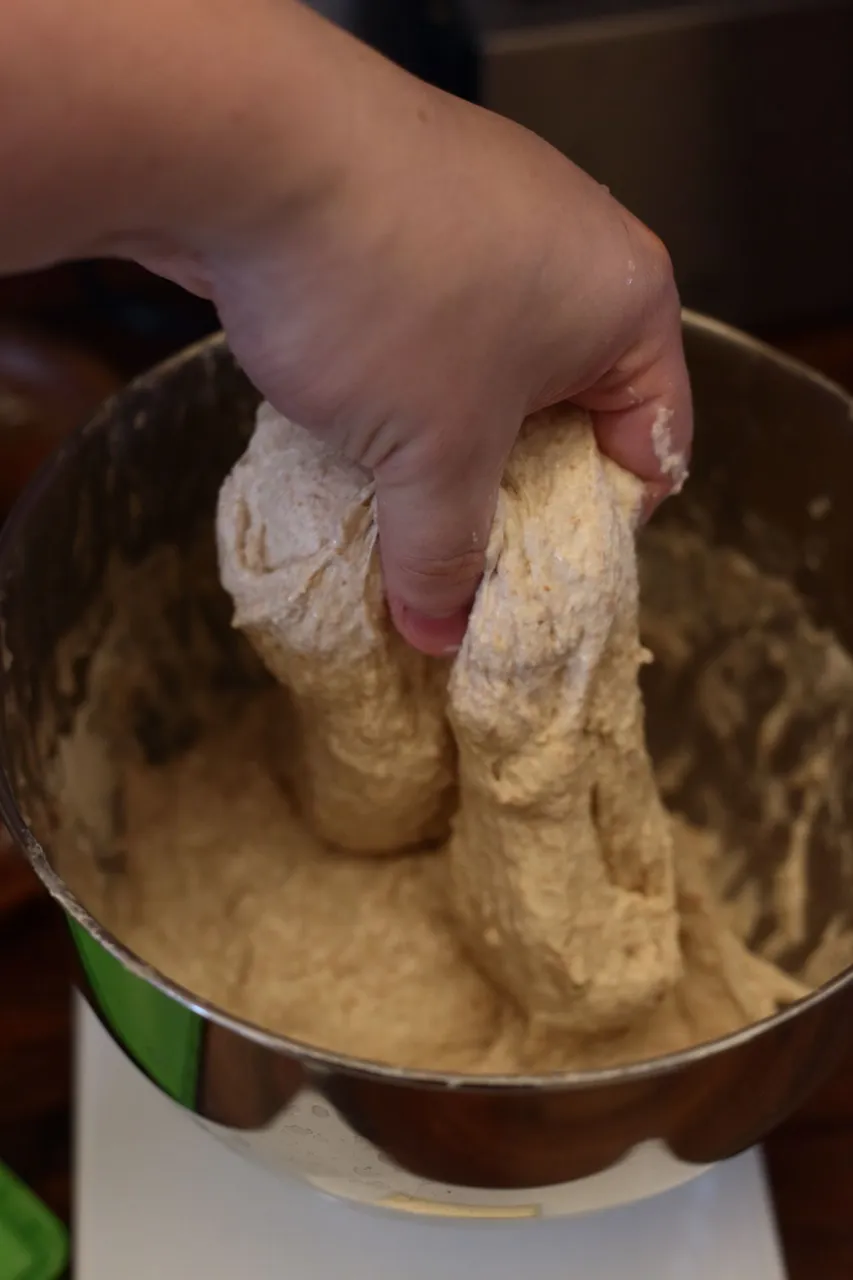
A fellow hive user, @therealflaws pointed out that he can't bake bread because he's terrible.
I'm not writing this just to make fun of him, but people too often assume they should be good at something to do it - or that they would never be allowed to make mistakes. But we all make mistakes and we all are on a continuous path of learning new and hopefully improving.
So I decided to bake a bread in a way that I wouldn't normally do, prone to mistakes and problems.
My plan is to make 2 loaves of bread and bake them on separate days, leaving the second loaf to the fridge for an extra day. This is a great way to have fresh bread on multiple days by still making only one dough!
Ingredients:
250 grams of active sourdough
200 grams of wholegrain spelt
500 grams of wheat
500 grams of water
14 grams of salt
20 grams of honey
20 grams of olive oil
And this is risky because of having higher water content (approx. 70% of the flour total weight) while still having wholegrain spelt and a lot of sourdough, so the dough will rise quickly (for a sourdough bread).
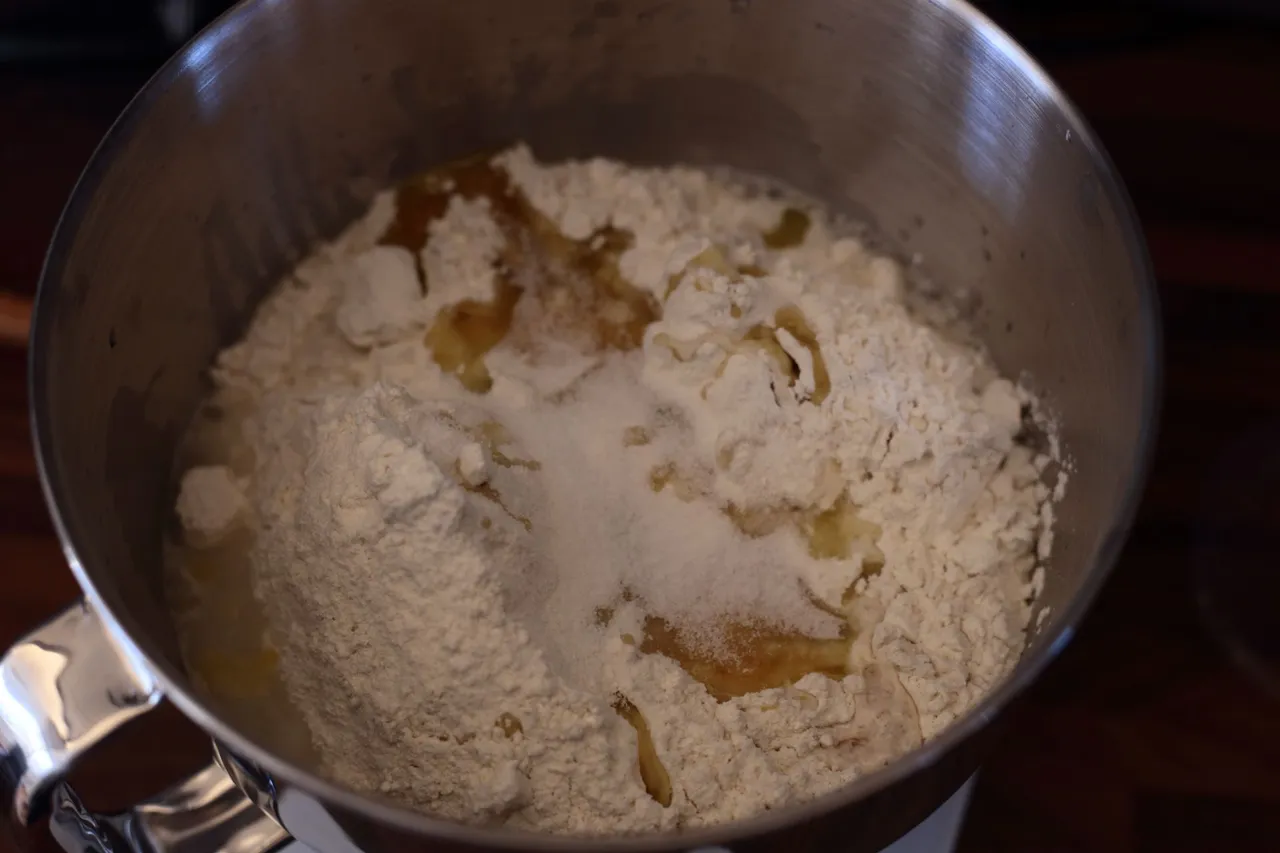
So this is the start. Everything added together in a bowl, then mixed together.
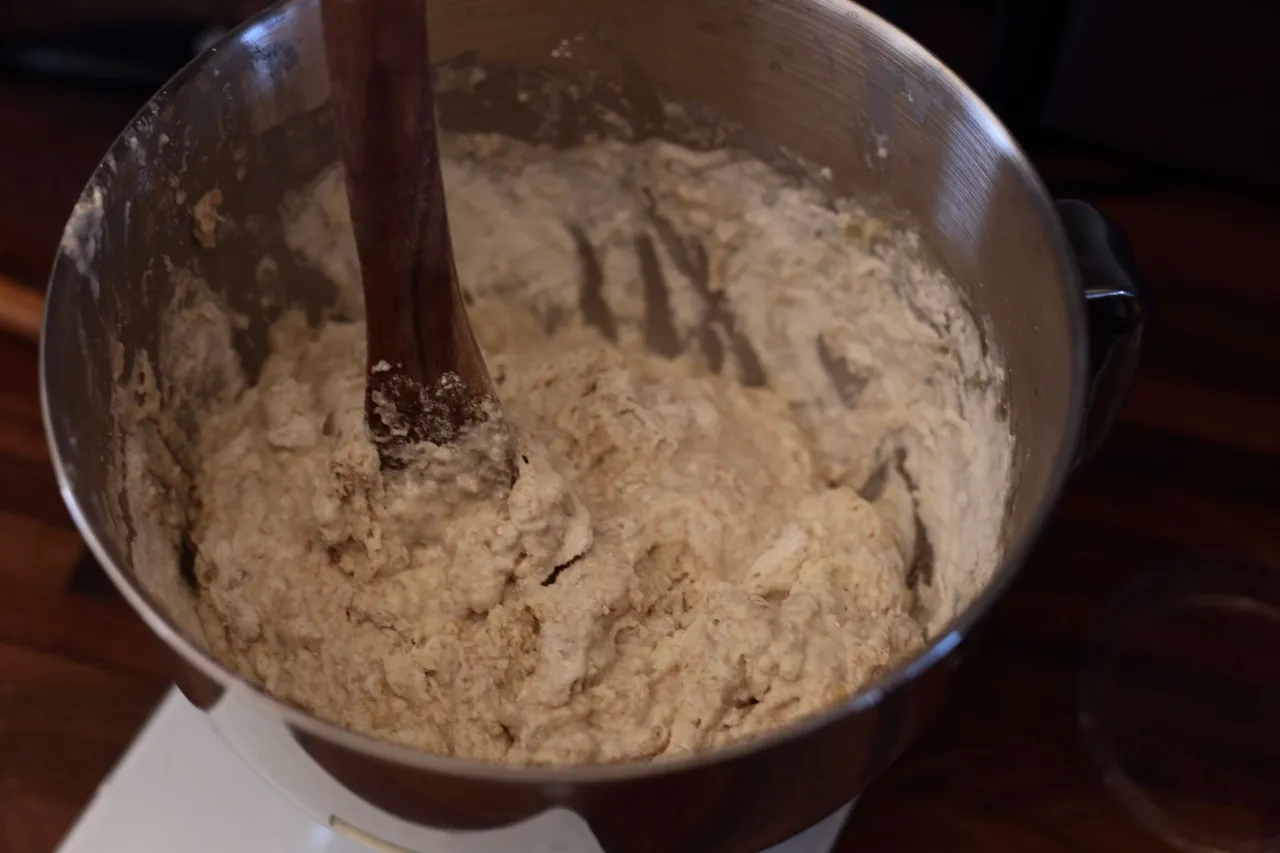
As it's mixed together, leave it under a lid/cloth/something for a total of 3-4 hours, but in the between you'll need to "handle" the dough by stretching and folding it for a minimum of 3 times.
So the stretches and foldings need to be done DURING the 3-4 hour rise, not after it.

What you'll need to do is to grab the dough, stretch it and then "fold" it on the dough itself. Then grab the dough again, stretch and fold again. And keep on stretching and folding until the dough starts to feel clearly stiffer.
Or if it doesn't start to feel stiffer, stop when you get tired.
Then let the dough wait for at least 15-30 minutes and then repeat.
The stretching and folding helps the dough to build up stronger gluten "net" in the dough. The point is not to lift the entire dough but stretch it, it has to be attached to something (the table, bowl or something) so it actually stretches. Otherwise it's no use.
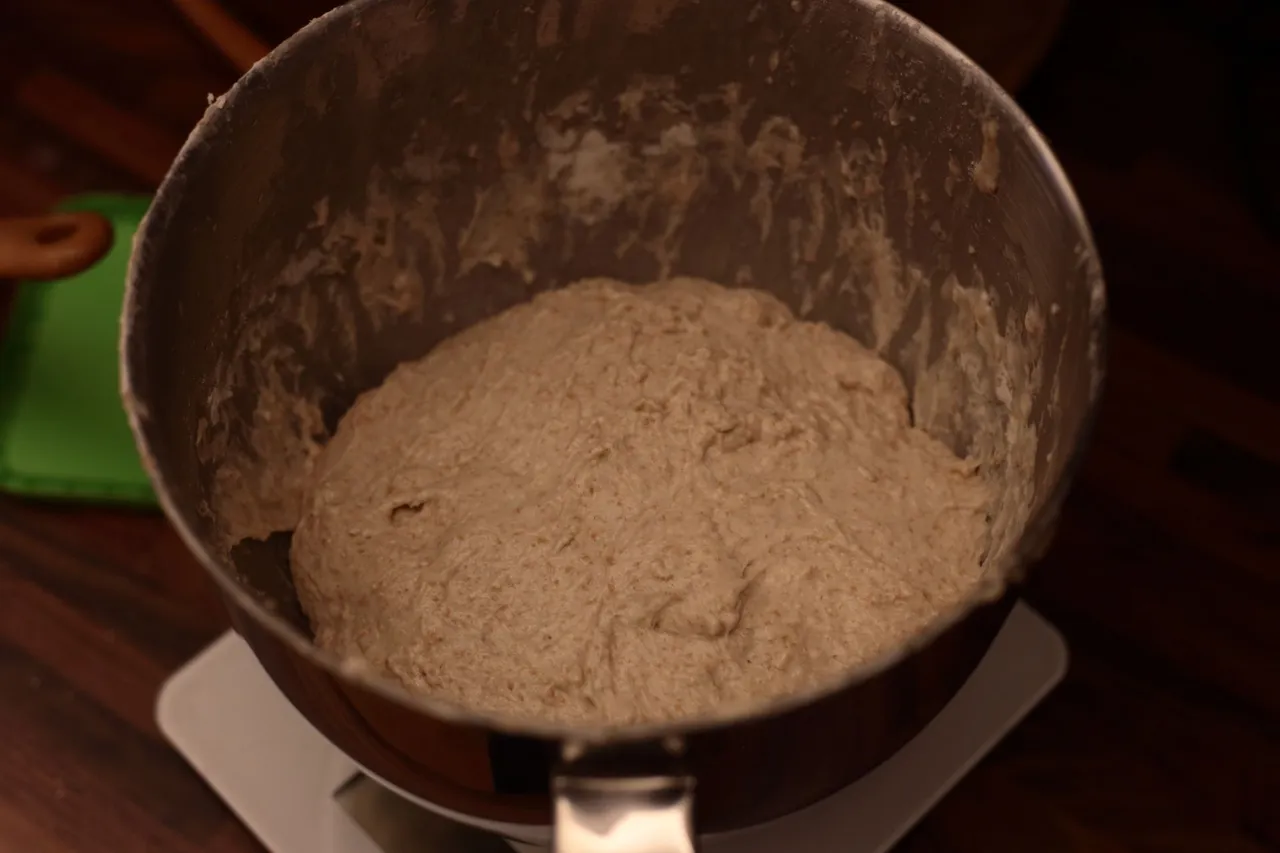
So this is after the first stretches.
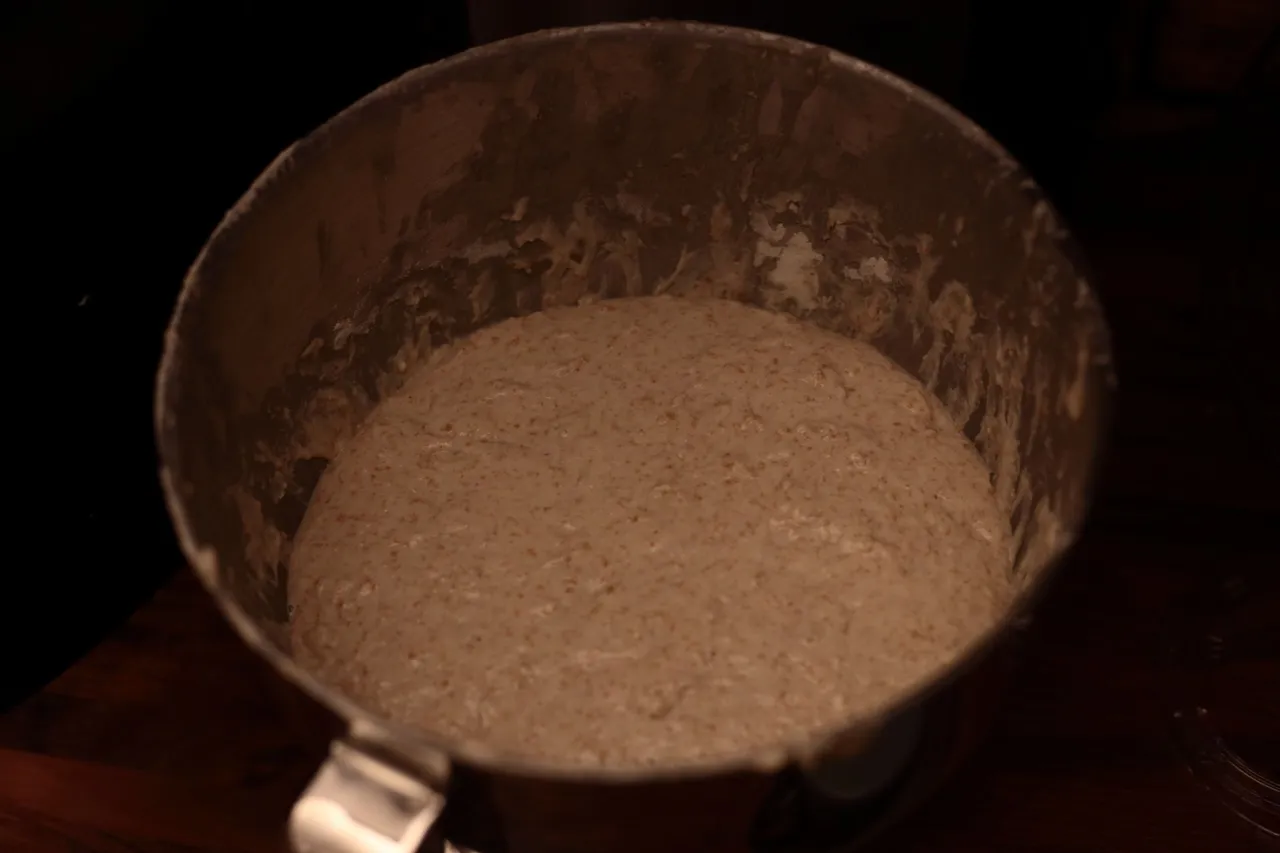
And this is after the 4 stretches and 4 hours.
Now what we can see is that the dough is very soft and wet. Not entirely like liquid, but still far softer than a typical dough I'm making. So instead of making separate loaves of bread, I decided to make a big bread in a pot.
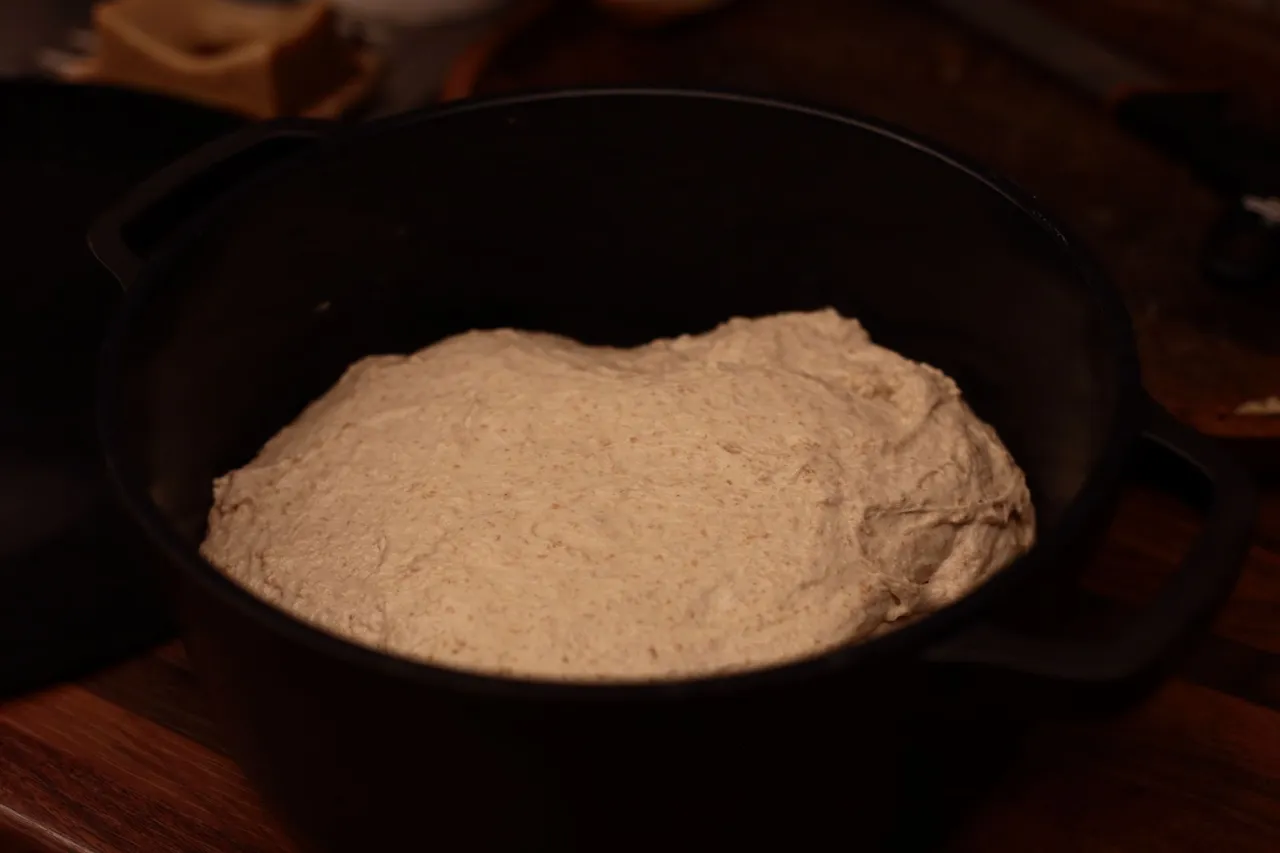
So I spread some butter on the bottom of a non-stick coated aluminum pot and poured the dough in the pot. The butter is to ensure that the bread will not stick in the bottom of the pot as otherwise it'll be a horrible job to get the bread out from the pot.
Then the pot & dough are put to fridge overnight.
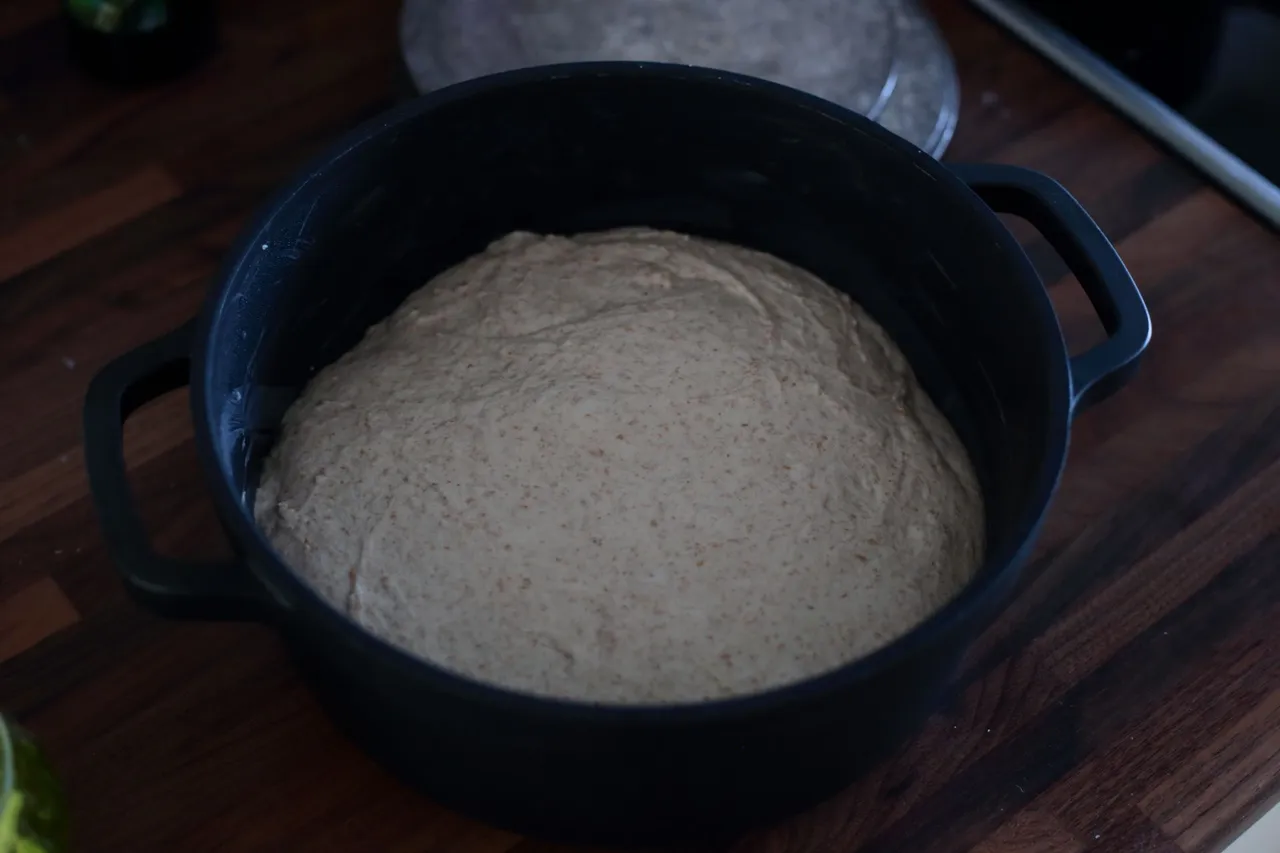
In the morning, I preheated the oven to 250 degrees Celsius and when the oven was ready, I took the dough out of the fridge.
Now the baking can be done in multiple ways, but when I put the pot in the oven I reduced the temperature to 225 degrees Celsius. I could have had it on 250 for longer, as the higher temperature gives kind of caramelizes the sugars in the bread and gives the crust a really great flavor. However, having it too long on 250 degrees can easily give it a really strong crust which I prefer not to have as we have children eating the bread too.
But, a good way to do this:
Baking time is 1 hour. When you put the pot in the oven, spray some water in the pot. Then put the lid on. Keep it for 40 minutes, then remove the lid and bake without the lid for the remaining 20 minutes.
If you have a temperature sensor suitable for food, see if the bread is 96 degrees Celsius or more. If it is, it's good. If it's less than that, put back in the oven for a few minutes.

And this is what we get.
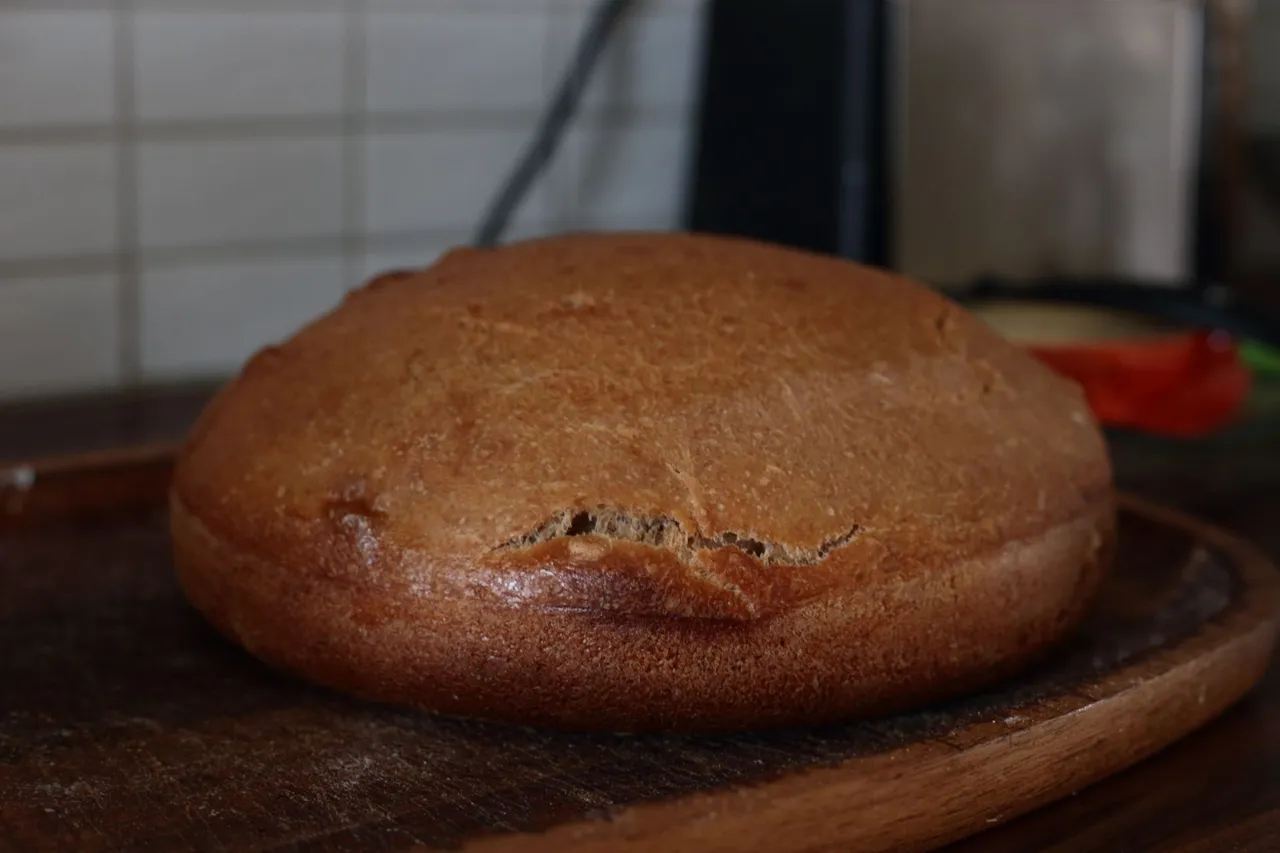
A nice bread what wasn't what I had originally in mind.
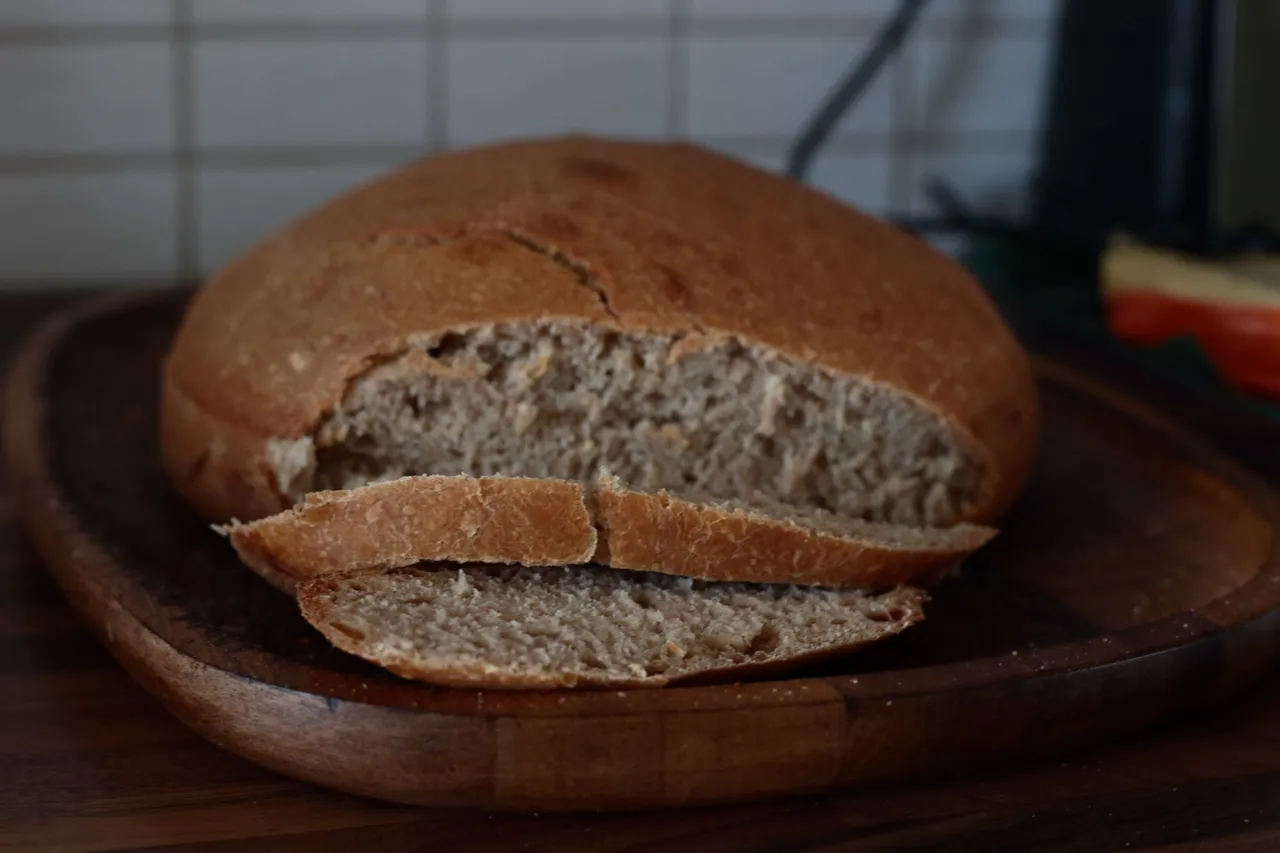
Almost every bread can be saved and can turn into a very good bread. The flavor is what matters. If it tastes good, it's good enough.
